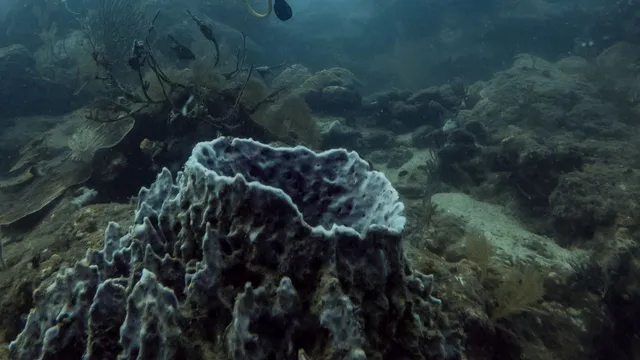- By Shivangi Sharma
- Thu, 01 May 2025 03:38 PM (IST)
- Source:JND
Scientists are closely monitoring Axial Seamount, the Pacific Northwest’s most active underwater volcano, which appears to be nearing another eruption. Located approximately 300 miles off the Oregon coast and resting 4,900 feet below the ocean's surface, the volcano has long intrigued geologists due to its unique location and recurring volcanic activity.
Marine geophysicist William Wilcock of the University of Washington (UW) explained, “Over time, the volcano inflates due to the build-up of magma beneath the surface.” This inflation, caused by the accumulation of molten rock, is a key sign that an eruption could be imminent.
Inflation Reaches Pre-Eruption Levels
Researchers have developed a working hypothesis that the degree of inflation in Axial Seamount can help predict its eruption. Wilcock stated that the seamount has already reached the same inflation levels observed before its last three eruptions. “That means it could really erupt any day now, if the hypothesis is correct,” he said.
This potential predictability makes Axial Seamount a vital subject for scientific study, as forecasting underwater volcanic eruptions remains a complex challenge in marine geology.
ALSO READ:India And Pakistan Shut Airspace For Each Other: Which Country Faces Greater Losses? Details Inside
Oasis Of Life In Deep Sea
While the thought of a volcanic eruption may be alarming, experts assure that Axial Seamount poses no direct threat to people on land. Its real significance lies in the opportunity it offers for scientific discovery and ecological exploration.
Deborah Kelley, director of the Regional Cabled Array (RCA) and professor at UW’s School of Oceanography, emphasised the volcano’s biological importance. “Most of the seafloor is relatively plain,” she noted, “but when you get to the vent fields, you realise that the volcano is an oasis of life.” These hydrothermal vents host unique species found nowhere else on Earth, thriving in the extreme conditions created by volcanic activity.
What Happens When It Erupts
The first indication of an imminent eruption is typically a spike in seismic activity as magma begins to rise. Wilcock explained that this earthquake activity can last about an hour before lava starts flowing across the caldera floor and through fissures that open along the seamount. Such eruptions, though hidden from human eyes, contribute to our understanding of mid-ocean ridge systems, areas where about 75 per cent of Earth’s volcanic activity takes place.
Axial Seamount's eruptions pose no threat to people on land but provide scientists with crucial observation opportunities, especially at mid-ocean ridges where most of Earth's volcanic activity takes place.

